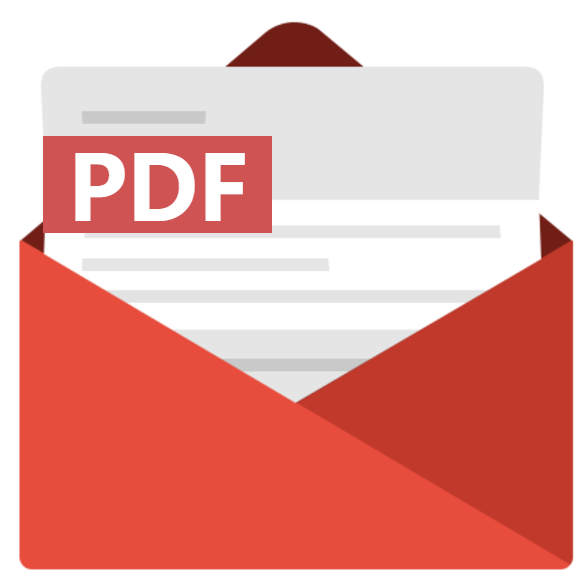Home > Packaging > Industrial Packaging > Pharmaceutical Packaging > Parenteral Packaging Market
Parenteral Packaging Market Analysis
- Report ID: GMI5389
- Published Date: Apr 2023
- Report Format: PDF
Parenteral Packaging Market Analysis
In terms of packaging, parenteral packaging market value from the vials segment is anticipated to be worth over USD 6 billion by 2032. In the healthcare industry, vials are tiny containers or bottles made of glass or plastic. They are used as vials to keep medications in liquid form, but they may also hold tablets and powders. They are often bigger containers used to transport numerous medication dosages. Vials are sealed with a rubber plug or a screw on a cap, allowing them to be resealed & reopened. The demand for vials is expanding internationally owing to the expansion of the pharmaceutical sector. The pharmaceutical sector around the world is increasing due to rising therapeutical diseases.

Based on material, the parenteral packaging market is categorized into glass and polymers. The industry share from the glass segment is poised to depict a 7% CAGR through 2023-2032. Glass is primarily used in the production of vials, cartridges, ampoules, prefilled syringes, containers, bags, flasks, and other items. Because of its impermeable and non-porous character, as well as the ability to maintain product composition, it is one of the most used raw materials in parenteral packaging. Glass also shields goods from UV rays, extending product shelf life. The widespread use of generic injectable drugs, combined with high demand from the pharmaceutical industry.

Asia Pacific parenteral packaging market is projected to reach over USD 27.5 billion by 2032. The rising emphasis on the creation of sustainable and biodegradable packaging solutions and the advancement in manufacturing processes are among the key growth drivers. Over the years, there has been an increase in investments in R&D projects to innovate packaging technologies. Initiatives such as these will stimulate the development of efficient parenteral packaging materials in the region. APAC is also home to some of the biggest healthcare markets in the world, indicating the significant potential for the industry.
Technological advancements, manufacturing processes, and innovations in parenteral packaging across companies have resulted in rapid industry growth. Chemotherapy medicines administered intravenously are frequently utilized to treat cancer. The demand for these medications has grown significantly over time because of the growing prevalence of cancer in the region. However, they must be packed properly to preserve the potency of the pharmaceutical components in the medications, which is predicted to fuel the expansion of the parenteral packaging market during the forecast period.

